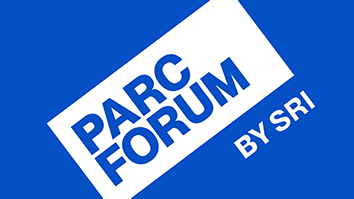Citation
Markus Krummenacker, Mario Latendresse, and Peter Karp. Metabolic route computation in organism communities. Microbiome, Vol 7 Article # 89 (2019).
Abstract
Background
Microbiomes are complex aggregates of organisms, each of which has its own extensive metabolic network. A variety of metabolites are exchanged between the microbes. The challenge we address is understanding the overall metabolic capabilities of a microbiome: through what series of metabolic transformations can a microbiome convert a starting compound to an ending compound?
Results
We developed an efficient software tool to search for metabolic routes that include metabolic reactions from multiple organisms. The metabolic network for each organism is obtained from BioCyc, where the network was inferred from the annotated genome. The tool searches for optimal metabolic routes that minimize the number of reactions in each route, maximize the number of atoms conserved between the starting and ending compounds, and minimize the number of organism switches. The tool pre-computes the reaction sets found in each organism from BioCyc to facilitate fast computation of the reactions defined in a researcher-specified organism set. The generated routes are depicted graphically, and for each reaction in a route, the tool lists the organisms that can catalyze that reaction. We present solutions for three route-finding problems in the human gut microbiome: (1) production of indoxyl sulfate, (2) production of trimethylamine N-oxide (TMAO), and (3) synthesis and degradation of autoinducers. The optimal routes computed by our multi-organism route-search (MORS) tool for indoxyl sulfate and TMAO were the same as routes reported in the literature.
Conclusions
Our tool quickly found plausible routes for the discussed multi-organism route-finding problems. The routes shed light on how diverse organisms cooperate to perform multi-step metabolic transformations. Our tool enables scientists to consider multiple alternative routes and identifies the organisms responsible for each reaction.


